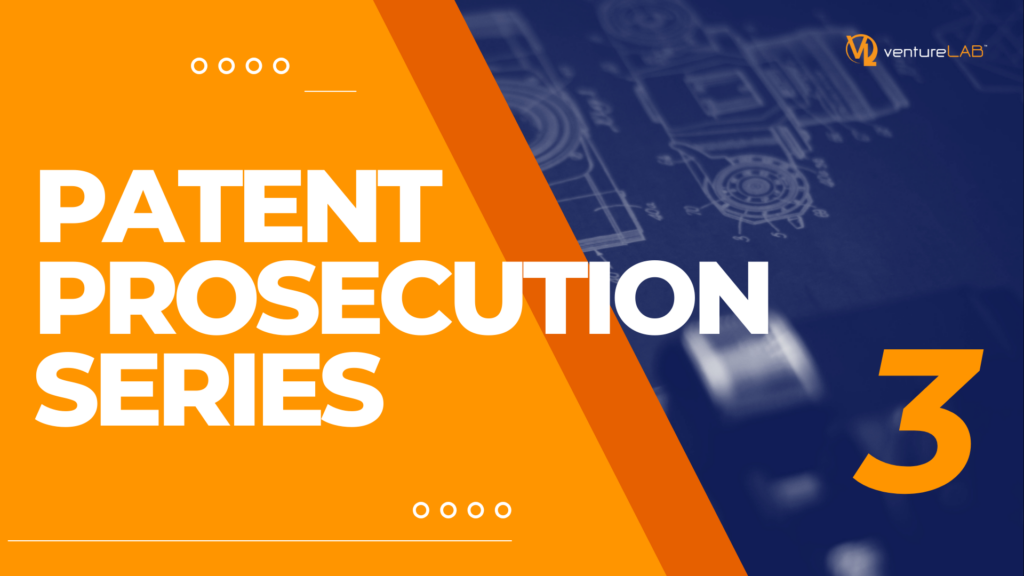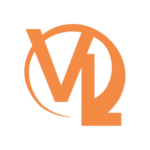Home » Patent Prosecution 3: What Information is Publicly Accessible from the Examination Process?
Patent Prosecution 3: What Information is Publicly Accessible from the Examination Process?

The third article in a series on patent prosecution focuses on understanding the publicly available prosecution history of a patent application. This history provides crucial insights into the application's strength and scope, revealing how claims were addressed during examination. Critical documents include Examiner Reports and the applicant's responses, which outline reasons for claim rejections and the strategies employed by the applicant or their agent to resolve these issues.
Patent prosecution occurs on a national level, with each country maintaining its patent database for public access. To locate a patent's prosecution history, one starts with the patent number or application number. For U.S. patents, the format includes the year and a unique number (e.g., 20001234567A1), while granted patent numbers typically include a jurisdiction code (e.g., CA1234567 or US87654321). When applicants file in multiple countries for the same invention, they create a "patent family," which includes all related applications, divisionals, and continuations. These patents usually share the same title, inventors, and applicants, so a precise number is essential for differentiation. If the number is unknown, resources like Google Patents, Espacenet, or PatentScope can assist in locating a patent family by title or inventor.
The Canadian Intellectual Property Office (CIPO) maintains a database that provides extensive information on patents, including administrative statuses, ownership histories, and related documents, like Examiner requisitions and responses. Similarly, the United States Patent and Trademark Office (USPTO) has a Patent Public Search tool that allows users to search within their file history database, the Global Dossier, which encompasses international patents associated with the same patent number.
An illustrative case covered involved McGuire Aero Propulsion Solutions and their patent for a "rotary manifold for a cohesion-type drive" (US10794239B2). The prosecution history reveals several interactions with the patent examiner. During the examination, the examiner identified two distinct innovations in the single application, prompting a restriction requirement. The applicant chose to pursue one innovation while canceling claims related to the second. A divisional application was subsequently filed to protect the canceled claims, leading to their eventual grant.
Further examination revealed issues of informalities, indefiniteness, and obviousness. The examiner highlighted informalities in the language of some claims, which the applicant promptly amended to comply. There were also objections regarding the clarity of certain terms in the claims. In response to objections of indefiniteness, the applicant provided clarifications, correcting the ambiguous language. Concerning obviousness, the examiner referenced existing patents that they argued suggested the claimed invention was common knowledge. The applicant countered these assertions by presenting distinctive features of their invention compared to the referenced patents.
Ultimately, through addressing informalities, resolving indefiniteness, and arguing against objections of obviousness, the applicant successfully navigated the examination process without further rejections being issued, thereby leading to the patent's approval.
In summary, understanding the prosecution history of patents is critical for assessing their value and likely protection against infringement, highlighting the importance of diligent record-keeping and strategic argumentation during patent examination.
VentureLAB
https://www.venturelab.ca/
ventureLAB is a leading global founder community for hardware technology and enterprise software companies in Canada. Our organization is led by seasoned entrepreneurs and business leaders with decades of industry experience in building IP-rich start-ups, scale-ups, and global multinationals to help you scale your business. Located at the heart of Ontario’s innovation corridor in York Region, ventureLAB is part of one of the biggest and most diverse tech communities in Canada. We enable technology startups to accelerate the commercialization of transformational products on a global scale.


